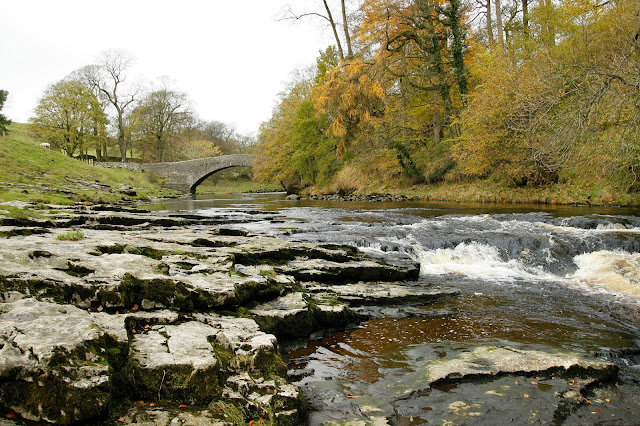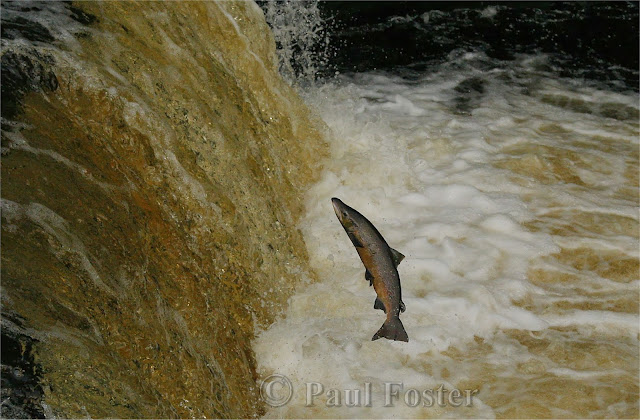News reached me of a juv Pectoral Sandpiper at a reservoir on the outskirts of Bolton,gtr manchester.An early start and I was on site for 7.30 am.The water level was well down with plenty of mud to go at,ideal conditions for waders.A quick scan round and I was soon onto the bird at a distance of about 75 metres.Suddenly a sparrowhawk appeared,flushing everything in site and it wasn`t until a good hour had passed that I got onto the sandpiper again.A few other birders had arrived by then with the bird relocating to a different part of the reservoir.
We were able to approach to within 15 to 20 metres of the bird,which was sheltering behind a large rock.The light wasn`t that good by this time but I obtained a few images to share with you of this nearctic wader!!
 |
| Pectoral Sandpiper,a bird of the high arctic that winters in south america,places like the pampas in Argentina! |
 |
| It is one of the commonest nearctic waders to europe,and is annual to Britain and Ireland,usually associated with Atlantic depressions. |
 |
| It is a rather erect Sandpiper,with a straight tapering bill and yellow green legs! |
 |
| This particular bird took refuge for a good while behind this rock,after having been flushed by a Sparrowhawk! |
 |
| It breeds alongside birds such as Least Sandpiper and Temnick Stint! |
 |
| Obviously not used to humans,it give us all good views. |
 |
| Well worth the early start to see! |


















































